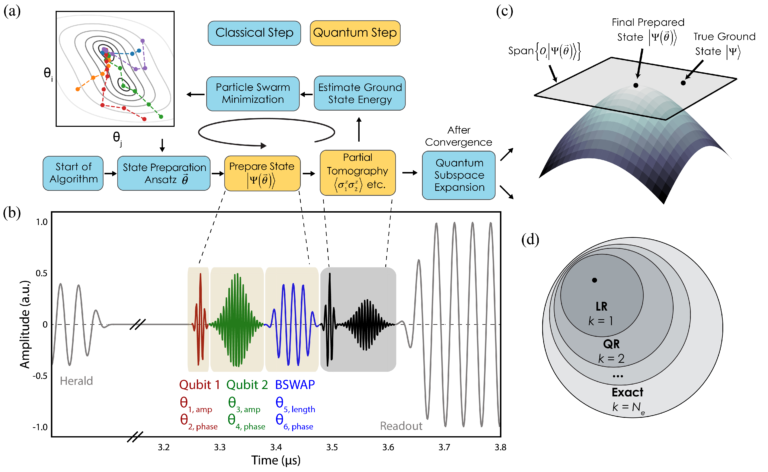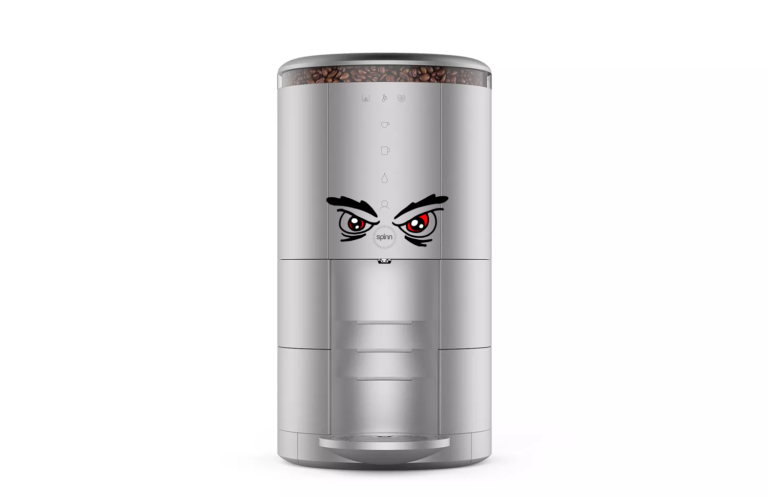It’s been a while since I’ve updated the blog, and hopefully I’ll be a bit more active in 2018, but I wanted to quickly highlight a few cool pieces of work I was fortunate enough to be involved in last year. In particular, I wanted to very briefly talk about our recent open source package …
Author: jarrodmcc
Spun, not stirred
In the new year I want to have a bit more fun with this blog than I’ve had in the past. I’m hoping to write a few more short opinion, hobby-ish, and satirical posts that offset some of the science focused nature of the blog at present. All of these are, of course, my personal …
Basic quantum circuit simulation in Python
I’ve always been a proponent of the idea that one of the best ways to learn about a topic is to code up a simple example that uses that idea/concept/algorithm. In conversations I’ve had with students recently, I’ve realized there is some interest in playing with quantum computing, quantum circuits, and quantum simulation without a …
VQE, Excited States, and Quantum Error Suppression
It’s been some time since our original hybrid quantum-classical algorithm, the variational quantum eigensolver (VQE), made its debut on a photonic quantum device. Since that time there have been many developments, some of which I outlined in a previous post here. I’m happy to say we’ve finally developed a reasonable way to access excited states without requiring …
A quick molecule in Processing.js and Python
As an extension to my last post on rendering Processing code in an IPython notebook, I thought it might be fun to play a bit with the 3D functionality and see how easy it would be to build an extremely basic molecule viewer! I didn’t spend much time polishing it, but the basic rendering turned …
Processing.js in an IPython Notebook
I’ve been playing a bit with generative art recently, and in this domain the Processing language is a popular choice. Processing allows fairly seamless creation of both 2D and 3D images as well as natural interactivity. I had some interest in linking it with Python to make artistic renderings on the fly of work I …
Simple bash-parallel commands in python
One of the benefits of using a primitive system like collections of flat files for data storage is the ability to trivially do work in parallel on them through the shell. This seems to be a relatively common workflow in both computational and data science. A quick Google search on the topic reveals a number …
Integrating over the unitary group
Quantifying the volumes of different types of quantum states with respect to each other is an interesting tool for analysis that I’ve recently become interested in. For example, did you know the volume of separable states is super-doubly-exponentially small with respect to all quantum states? That means that if I choose a state of 100 qubits …
Expressive power, deep learning, and tensors
Tensors are kind of like the wild west of applied math these days. They are a brave new territory and somewhat dangerous with regards to procedures one might borrow from matrices. In particular, “Most tensor problems are NP-Hard”. Despite this pessimistic result however, people are starting to utilize the additional structure available in tensor decompositions …
A new paper on the VQE
Quantum computers are a big interest of mine, and in particular I think there’s a lot to be learned in using prototype devices available in the lab today. Unfortunately, a lot of the algorithms we talk about today are simply too complex to fit on even near-future quantum devices. However, by thinking about quantum computers …

